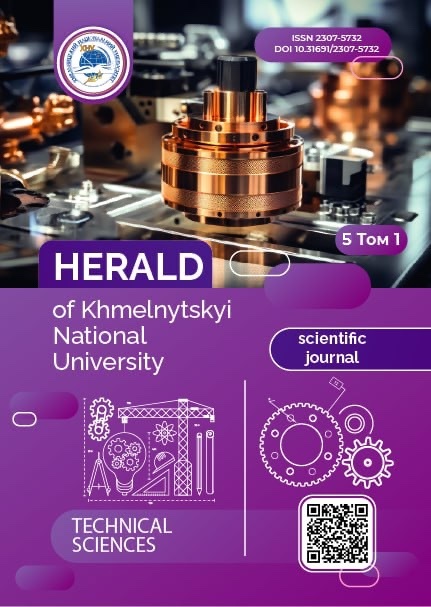ANALYSIS OF SPHYGMOGRAMS USING BIAMPLITUDE
DOI:
https://doi.org/10.31891/2307-5732-2025-357-40Keywords:
bispectrum, biamplitude, sphygmogramAbstract
This paper explores the application of bispectral analysis, specifically the biamplitude representation, for studying sphygmograms—pulse waveforms used in non-invasive cardiovascular diagnostics. Traditional diagnostic indicators such as Pulse Transit Time (PTT) and Pulse Wave Velocity (PWV) often suffer from significant limitations, particularly in noisy conditions, low signal clarity, and dependence on dual-sensor synchronization. In contrast, the use of higher-order statistical methods such as the bispectrum allows for the analysis of nonlinear phase relationships and interactions between frequency components that are typically inaccessible through conventional second-order spectral methods. The study conducted a comparative analysis of eight sphygmogram recordings, collected from individuals of various ages and physiological states, including both healthy and at-risk subjects. Standard spectral methods and time-based features failed to deliver consistent and interpretable results for all recordings, especially when the waveforms lacked distinct characteristics. However, biamplitude distributions demonstrated strong diagnostic potential, with the number, magnitude, and relative spacing of local maxima providing useful insights into cardiovascular dynamics. In particular, this method showed the ability to detect subtle pathological changes in pulse waves that may be obscured in conventional analyses. It also offers improved noise immunity, making it suitable for real-world conditions such as mobile or wearable health monitoring systems. The paper concludes that biamplitude-based bispectral analysis can serve as an effective supplementary tool for assessing cardiovascular health, enabling early detection of abnormalities even when traditional metrics fail or are unavailable. Further research is recommended to develop clinical thresholds and integrate biamplitude metrics into multimodal diagnostic systems.
Downloads
Published
Issue
Section
License
Copyright (c) 2025 ВІКТОРІЯ НАУМЕНКО, ОЛЕКСАНДР ТОЦЬКИЙ, СЕРГІЙ ПІДЧЕНКО, АРТЕМ АКУЛИНІЧЕВ (Автор)

This work is licensed under a Creative Commons Attribution 4.0 International License.

